|
The Incredibly Busy Mind of Bowen Bartholomew Crisp, written by Paul Russell, illustrated by Nicky Johnston (EK Books), ISBN: 9781925820881 Story telling is both hard and a joy. When we find the right words, the moment of inspiration that grows into a story, and the right combination of passion, love and experience, amazing things can happen. I will confess, though it isn’t that sort of book, this book it did make me weep a little. When stories are written from the heart and in a way that it invites readers into the story, to connect with what is happening, and to feel a part of the journey, then we will feel those emotions. Newcastle author, Paul Russell and Melbourne author, Nicky Johnston have joined forces to create a beautiful book about finding your place in the world. The Incredibly Busy Mind of Bowen Bartholomew Crisp is the result of the wonderfully creative minds of Paul and Nicky, who through gentle text and beautifully rendered visual narrative, take us on the journey of Bowen and his very busy, thoughtful and questioning mind. Bowen is the child in the classroom that is swallowed by the physical busyness that occurs around him. He wants time to contemplate, ask questions, challenge the situation and what he is asked to do. His very busy mind takes him away from others, he finds it hard to understand why people would ask questions that have so many potential answers and how can he possibly choose the right one in time to offer an answer. It is these busy minds, nurtured and encouraged by those who love and support, who are the fixers of the world. Temple Grandin comes to mind, Bill Gates, and Albert Einstein. These are just a few of the names of busy minded people who have created, invented and progressed the world around us. Though these are examples of children who were misinterpreted by their teachers and peers, some even being thought to be seriously disabled in such a way that it was suggested they be put into care homes. Thankfully, today, these children are everywhere, in every school, classroom and most families will have a sibling or cousin, aunt or uncle who are deemed to 'not quite fit in', but their unique perspectives are now being recognised as valuable and powerful in the resolution of problems and invention. These traits in the dreamers and the thinkers are created by many things. In Bowen's story, they are not mentioned, or hinted at, thank goodness. Through the eyes of Bowen, these things do not matter. All he is interested in is working his way through life and answering the questions in his head. He takes his time to ponder, something we are forgetting how to do: take time, to consider, to take in the bigger picture. He knows he is different, but as he gets older, he knows that different is good, a power, and gift. Paul's words take us straight into Bowen’s world. Not the world of his teachers or classmates, but on a gentle journey of experiencing what it is like to be inside that amazing, slightly confused and creative mind that looks for answers where many fail to look. Nicky’s story through the colourful and active illustrations, shows us how Bowen’s outer world looks while he focuses of the bigger and smaller things. This is a book for children, as one would hope a picture book to be, it is child centric and yet gives all of us insight into the mind of a child while his world doesn’t understand him. My favourite part of the story, not because it is any better than the rest, but because it reminded me of a remarkably similar situation with my ASD son, is the page about the cola-powered tortoise. ‘When I was nine, my grandmother caught me strapping a home-made cola-powered rocket to Gertrude, my pet tortoise. “Bowen, what are you thinking?”' In my son’s case, he wanted to know “what velocity was required to throw a metal ruler across the classroom in order to hit the other side”. He was sent home from school that day. He was in year two. He was sent home a lot, probably to stop others being injured or to stop the school from being burnt down from his investigations, they had to hide the magnifying glasses! This beautifully rendered story is essential reading for everyone who sits in a classroom, has people they know in classrooms, teaches, or works in a classroom or even has that aunty or uncle they don’t understand. But it is especially for all the Bowens out there who can feel empowered, finally, for others to hear their story and be empowered by that. Thank you Paul and Nicky for this very special and insightful book. Thank you Bowen Bartholomew Crisp for sharing your inside world, and, I agree: why aren’t red pandas called orange pandas? Illustrations by Nicky Johnston, text by Paul Russell Reviewers note/confession: As a reviewer I need to be impartial and honest about the books I present to my readers. In the Australian Children's and YA publishing industry, most creators know each other and sometimes we know each other quite well. Often we review books created by our friends and peers (this is hard to avoid) and I endeavour to maintain a professional approach to this task. My opinions of this book and others I review are not because of friendships but from a genuine response to great literature for children.
0 Comments
My Dead Bunny, written by Sigi Cohen, illustrated by James Foley (Walker Books), ISBN: 978 1 922179 59 3 I was privileged enough to be treated to a reading of this book before it was released. It was recited to us over a literary event breakfast, the illustrator, James Foley, showing us the illustrations on pieces of paper, he didn't have a copy of the book yet. Occasionally these very special moments occur, when you are introduced to a brand new story in the presence of one of it's creators.... and a room full of children, it's intended audience. The reaction was amazing. As the story suggests, this is not a pretty tale of fluffy bunnies, loving cuddles or even a sad tale of comforted grief over the loss of a beloved pet. As the cover indicates, this is a book that evokes 1950's horror movie terror, for ten year olds (or perhaps younger, depending on their ability to stomach worms and zombies and bad smells!). Cohen takes us on a woeful tale of tragedy, bought to life (& even death) by Foley's strong and graphic style illustrations. Foley's use of a limited palette, a comic style of line work and pops of zombie green and wormy pink, carries us through this page turning book of rhythmic and rhyming text. It is like watching the still frames of a movie. It follows the story Brad, a pet bunny from life, electrocution and zombie death. How he haunts his former owners after being exhumed by his child owner out of curiosity. How will they react to this monstrosity, this worm eaten mess of a pet? How do they get rid of him and will Billy's dog, Roxanne, need to be exhumed to help? I'll let you find that out. And how did the audience react? Well, the adults loved it. We laughed and gasped and wanted to order our copies immediately. It was refreshing to know that books like these are still being published. The kids, well that was interesting. This audience gasped in horror, that poor bunny, dead. his owner had to bury it, it was very sad. Then it got gross, it involved worms and rotting flesh and insane children. Some of them were beside themselves, others didn't know what to do or where to look, were they allowed to enjoy this book? Well, the adults were so why not?. I took the pleasure of looking at their faces as the story was read: horror, disgust, wide eyes, smirks and laughter, but most of all explanations of 'disgusting', and 'eew', and 'oh no!' What more could you want from a story? It is to die for, well, if you are a rabbit. Anyway, I ordered my copy, made the bookseller read it before putting it in my bag and got them to watch the trailer (I've popped a link below for you to enjoy). Best not to read over your breakfast, but then, if you have a strong stomach, why not? Reviewers note/confession: As a reviewer I need to be impartial and honest about the books I present to my readers. In the Australian Children's and YA publishing industry, most creators know each other and sometimes we know each other quite well. Often we review books created by our friends and peers (this is hard to avoid) and I endeavour to maintain a professional approach to this task. My opinions of this book and others I review are not because of friendships but from a genuine response to great literature for children.
The Black Book of Colours, by Menena Cottin & Rosana Faria (Walker Books),
ISBN: 978 1 4063 2218 7 When writers begin their apprenticeship in how to write powerful stories, one of the lessons that needs to be learned, is to show not tell. In the case of picture book narratives, this is essential. Knowing how to utilise other senses outside of words that describe visual element, such as touch, feel, smell, emotion and sound, is what makes the difference between an interesting story and a great one. This book by Menena Cottin and Rosana Faria caught my eye and my interest from the moment I held it in my hands. My father is legally blind and I am also an experienced teacher working with students with special needs. This book is so beautifully presented and designed, that i knew at once it was a keeper. The book is designed for sighted people. It incorporates a braille version of the text on each page, which presents the narrative in a white font on a black background. The braille isn't deep enough for a blind braille reader but it certainly gives the experience of reading braille to a sighted reader. The story follows Thomas, a blind boy, that is describing colours as taste and feel and smell. 'Thomas says that yellow tastes like mustard, but is as soft as a baby chick's feathers.' On the opposite page, the image of feathers floating are spread across the page, though the paper is still black and the feathers are a black gloss, raised embossed image, one that automatically causes you to run your fingers across them, reading the picture as a physically tactile element. It encourages you to close your eyes and to try to identify the form and shape of the picture with your fingers. 'But when clouds decide to gather up and the rain pours down, then the sky is white.' The opposite page is filled with rain drops falling vertically down the page, increasing with size as they reach the bottom. You run your fingers up and down the texture, feeling the raised image and evoking a sense of gravity and space. This is a beautiful book that relies on the words as much as it does on the tactile journey through the illustrations. It introduces children (and adults) to a world that, unless we are visually impaired ourselves, will never completely understand or experience. We have the experience of colour, of clear words on a page, of using all our senses, but often not to their full capacity. I won't pretend that with the reading of this book you will have a full knowledge of what it is like to be blind. We could never be so presumptuous. but it does bring us closer to an empathy, of an realisation that the world for the blind, or even for those with other impairments are different from ours. It also shows us that the world for the blind is still filled with colour, though it is experienced in a different way. It tells us that different is just that and isn't necessarily wrong or bad or even sad. A beautiful book to help children begin to accept difference and to experience other ways of seeing. I will keep this one forever. This is a Ball, by Beck & Matt Stanton (ABC Books), ISBN: 978 0 7333 3435 1 Ready for some fun? Here are the instructions for the adults on the back of this book: For the Grown-Ups: |
And now....for something very serious!
I have my favourite authors and illustrators and this blog will introduce you to one who is a major influence on me as a storyteller. Most of you will knowof his work, Raymond Briggs. His earthy, gritty story telling comes mostly in the form of strip narrative or graphic novel style imagery. He is well known for his books Fungus the Bogeyman (now a popular TV series), The Snowman, and his ever popular Father Christmas which is aired every Christmas in Britain. I fell in love with Briggs' work after reading this particular book, The Tin Pot Foreign General and the Old Iron Woman. It is a slight step to the left of his usual work, not relying on his strip narrative but on full page, powerful illustrations which do not apologise for their blunt and abrupt finger pointing and character portrayal of two political figures while satirising the Falkland War. It is so to the point and brash, it was promptly banned in Great Britain when it was published in 1984.
I have just finished reading the novel 1984, and I find it quite amusing that this book, published in the year that was so gruesomely portrayed in George Orwell's novel, should be banned because the government of the time found it offensive. Because the truth of a horrific war at the hands of their then political leader, Margaret Thatcher, was portrayed so confrontingly by a children's author. Maybe Briggs' story was a victim of the thought police.... or perhaps it was her bosom opening up and pouring out treasures to pay for the war, or even the image of her breasts shooting canons that undid its popularity in England? I'm certain it had nothing to do with the portrayal of soldiers lost, killed or injured and abandoned by their country, hidden shamefully away.
However, the book did well, as one would imagine, because of it's notoriety and so, as a young adult, I read it and, without the knowledge that it was banned elsewhere, I genuinely became enamored with the power of the story and the way Briggs portrayed the event of war to children (& adults!). I learned that picture books were not always for tiny tots nor did they have to have 'happily ever after' endings.
Recently, I showed this book to a group of adult students learning the art of book critiquing. They were unfamiliar with the story and were horrified that such a book for children should exist. It is many years since this war occurred and whilst they had heard of it, there is an attitude that books such as this are not 'safe' or 'appropriate' for children. Obviously, this is not a book directed at toddlers or younger readers and is meant, as are all stories, to be read with discernment and discussion. Adults usually respond differently than children with regard to these debates.
As for Raymond Briggs, he does not hold back on what he obviously felt, and used his art as a platform to express his frustration and anger towards the situation. Usually that is a no-no in literature, but Briggs gets away with it and carries it through with power, portraying a strong message to the reader. If you can move past the barriers that many find in the imagery, and let yourself read through to the point of the story, then this is indeed a powerful book, one that should never go out of print and should be read to all generations, and discussed! What a gift it is to be able to have a voice regarding our history, to make sure it is recorded through eyes other than that of 'Big Brother!'
Thankfully, this book is back in print as it was allowed to be republished after the death of Margaret Thatcher. It might not be a happy point in her legacy, nor a very flattering portrait of her, but it is certainly a powerful and important reminder to us all that war is a blight on our planet and that governments cannot change the truth.
Be brave, seek it out, read it and keep it forever.
The Tin Pot Foreign General and the Old Iron Woman, Raymond Briggs, published by Hamish Hamilton Ltd., ISBN: (HB) 0 241 11362 8, (PB) 0 241 11363 6
I have my favourite authors and illustrators and this blog will introduce you to one who is a major influence on me as a storyteller. Most of you will knowof his work, Raymond Briggs. His earthy, gritty story telling comes mostly in the form of strip narrative or graphic novel style imagery. He is well known for his books Fungus the Bogeyman (now a popular TV series), The Snowman, and his ever popular Father Christmas which is aired every Christmas in Britain. I fell in love with Briggs' work after reading this particular book, The Tin Pot Foreign General and the Old Iron Woman. It is a slight step to the left of his usual work, not relying on his strip narrative but on full page, powerful illustrations which do not apologise for their blunt and abrupt finger pointing and character portrayal of two political figures while satirising the Falkland War. It is so to the point and brash, it was promptly banned in Great Britain when it was published in 1984.
I have just finished reading the novel 1984, and I find it quite amusing that this book, published in the year that was so gruesomely portrayed in George Orwell's novel, should be banned because the government of the time found it offensive. Because the truth of a horrific war at the hands of their then political leader, Margaret Thatcher, was portrayed so confrontingly by a children's author. Maybe Briggs' story was a victim of the thought police.... or perhaps it was her bosom opening up and pouring out treasures to pay for the war, or even the image of her breasts shooting canons that undid its popularity in England? I'm certain it had nothing to do with the portrayal of soldiers lost, killed or injured and abandoned by their country, hidden shamefully away.
However, the book did well, as one would imagine, because of it's notoriety and so, as a young adult, I read it and, without the knowledge that it was banned elsewhere, I genuinely became enamored with the power of the story and the way Briggs portrayed the event of war to children (& adults!). I learned that picture books were not always for tiny tots nor did they have to have 'happily ever after' endings.
Recently, I showed this book to a group of adult students learning the art of book critiquing. They were unfamiliar with the story and were horrified that such a book for children should exist. It is many years since this war occurred and whilst they had heard of it, there is an attitude that books such as this are not 'safe' or 'appropriate' for children. Obviously, this is not a book directed at toddlers or younger readers and is meant, as are all stories, to be read with discernment and discussion. Adults usually respond differently than children with regard to these debates.
As for Raymond Briggs, he does not hold back on what he obviously felt, and used his art as a platform to express his frustration and anger towards the situation. Usually that is a no-no in literature, but Briggs gets away with it and carries it through with power, portraying a strong message to the reader. If you can move past the barriers that many find in the imagery, and let yourself read through to the point of the story, then this is indeed a powerful book, one that should never go out of print and should be read to all generations, and discussed! What a gift it is to be able to have a voice regarding our history, to make sure it is recorded through eyes other than that of 'Big Brother!'
Thankfully, this book is back in print as it was allowed to be republished after the death of Margaret Thatcher. It might not be a happy point in her legacy, nor a very flattering portrait of her, but it is certainly a powerful and important reminder to us all that war is a blight on our planet and that governments cannot change the truth.
Be brave, seek it out, read it and keep it forever.
The Tin Pot Foreign General and the Old Iron Woman, Raymond Briggs, published by Hamish Hamilton Ltd., ISBN: (HB) 0 241 11362 8, (PB) 0 241 11363 6
And so, it is the season of Christmas, and with that, the season of Christmas books. However, this book is one with a difference: it is a seasonal book that is for the whole year.
On the bookshelves, snuggling in with the tinsel and Father Christmas themes and happy, 'ho-ho-ho' stories is this book by Nadia Wheatley and Armin Greder. Flight draws it's theme from the story of an ancient Jewish family, fleeing from the oppression of the government to safety. The cover depicts, at a quick glance, an almost traditional Christmas card scene, minus the colour and glitter, giant star and stable. It could be Mary and Joseph making their way to Bethlehem, but with a closer look, the Mary figure is carrying a baby, so it is a post Christmas story....or is it?
Illustrated in Greder's usual, strong, earthy tones, the darkness of night is strongly portrayed in this story. The travelling away from danger into the unknown, the unseen, the shadows. The simplicity of the images gives room for the imagination to fill in those dark spaces, to put in place what we think might be the historical story of this couple fleeing Herod's hatred.
'Tonight is the night. The family has to flee. They've been tipped off that the authorities are after their blood.'
Using mostly black and white tonal images, Greder charts our way through Wheatley's strong and minimal narrative, one that is not the expected tradition version of our modernised and sanitised Christmas story. They follow the stars, as have many travellers through history, to know where they are heading. Soon, our traditional Christmas couple with babe in arm is confronted with colour.: 'The night's bombardment has started.'
We are immediately drawn into a page of doubt and and questioning confronted ourselves with Wheatley's direction: were there bombs in the biblical story? Of course not, so what is going on?
As the story moves on, the family are faced with danger, anxiety, loss and fear. Tanks appear on the horizon, their water runs low. they have lost everything but themselves in a scene which has suddenly moved us into our own place and time in history.
They struggle against wind and sand as they trek on foot, feeding the baby from the breast, asking God to help them make it through. 'Inshallah'. He prays on a prayer mat. 'God willing.'
The mother sings to her baby, 'Lulla lulla ... Lulla bye bye ...' 'He reckons there is enough [water] to to keep them going until noon. Inshallah.'
We journey through, with the couple and child until they see what appears to be a small town in the desert. Is this the Egypt of biblical times? No, it is a refugee camp, filled with tents for those who have nowhere else to go. Modern Egypt is still a place for refugees to flee to. The little boy grows, the family must wait among the many for the hope of help.
'One day,' he promises his mother, 'we will reach our new home.'
Flight is a powerful book, one that moves us away from our complacency of a glittery Christmas, fretting over our obligations to consumerist gift giving, grumbling about time spent with family and how tired we are because of the 'silly season'. Flight moves us away from our TV screens where we watch the plight of the worlds discarded and forgotten, the refugees and asylum seekers that have become another familiar and over whelming issue, so much so that we just blank them out of our hearts and minds because it is all too hard.
Just like the glossy modern spin on the Christmas story celebrated by many, both religious and not the world over, we have learned to turn off the images that speak of the truth of the story and make excuses as to why we do what we do. Flight opens a new door, to remind us of that history, the original Christmas story is not a pretty one filled with a blond haired, blue eyed baby and his pretty young mother. It is a story of fear and death, of oppression and a life that was spent fighting against oppression. How do we forget that while we dress our trees and light up our houses with cliched reindeer and wind filled Santas?
Joseph, Mary and their son, Jesus, were refugees that fled to Egypt, just as the family in Wheatley's story do. They flee with hope that they might have a future ahead of them, just as refugees do today, the world over. Carried by donkey, by truck, by train, on foot or by boat, they hope that people will hear their cries for help.
This is a book for a planet in dire need of compassion and acceptance. Wheatley's timely story reminds us that we are all in need of help, regardless of our faith or culture. That we all need to help and that while we celebrate one story, we cannot forget the one facing us right now.
Inshallah. God willing....... let us hear them.
Flight, written by Nadia Wheatley, illustrated by Armin Greder (Windy Hollow Books),
ISBN: 9781922081483
On the bookshelves, snuggling in with the tinsel and Father Christmas themes and happy, 'ho-ho-ho' stories is this book by Nadia Wheatley and Armin Greder. Flight draws it's theme from the story of an ancient Jewish family, fleeing from the oppression of the government to safety. The cover depicts, at a quick glance, an almost traditional Christmas card scene, minus the colour and glitter, giant star and stable. It could be Mary and Joseph making their way to Bethlehem, but with a closer look, the Mary figure is carrying a baby, so it is a post Christmas story....or is it?
Illustrated in Greder's usual, strong, earthy tones, the darkness of night is strongly portrayed in this story. The travelling away from danger into the unknown, the unseen, the shadows. The simplicity of the images gives room for the imagination to fill in those dark spaces, to put in place what we think might be the historical story of this couple fleeing Herod's hatred.
'Tonight is the night. The family has to flee. They've been tipped off that the authorities are after their blood.'
Using mostly black and white tonal images, Greder charts our way through Wheatley's strong and minimal narrative, one that is not the expected tradition version of our modernised and sanitised Christmas story. They follow the stars, as have many travellers through history, to know where they are heading. Soon, our traditional Christmas couple with babe in arm is confronted with colour.: 'The night's bombardment has started.'
We are immediately drawn into a page of doubt and and questioning confronted ourselves with Wheatley's direction: were there bombs in the biblical story? Of course not, so what is going on?
As the story moves on, the family are faced with danger, anxiety, loss and fear. Tanks appear on the horizon, their water runs low. they have lost everything but themselves in a scene which has suddenly moved us into our own place and time in history.
They struggle against wind and sand as they trek on foot, feeding the baby from the breast, asking God to help them make it through. 'Inshallah'. He prays on a prayer mat. 'God willing.'
The mother sings to her baby, 'Lulla lulla ... Lulla bye bye ...' 'He reckons there is enough [water] to to keep them going until noon. Inshallah.'
We journey through, with the couple and child until they see what appears to be a small town in the desert. Is this the Egypt of biblical times? No, it is a refugee camp, filled with tents for those who have nowhere else to go. Modern Egypt is still a place for refugees to flee to. The little boy grows, the family must wait among the many for the hope of help.
'One day,' he promises his mother, 'we will reach our new home.'
Flight is a powerful book, one that moves us away from our complacency of a glittery Christmas, fretting over our obligations to consumerist gift giving, grumbling about time spent with family and how tired we are because of the 'silly season'. Flight moves us away from our TV screens where we watch the plight of the worlds discarded and forgotten, the refugees and asylum seekers that have become another familiar and over whelming issue, so much so that we just blank them out of our hearts and minds because it is all too hard.
Just like the glossy modern spin on the Christmas story celebrated by many, both religious and not the world over, we have learned to turn off the images that speak of the truth of the story and make excuses as to why we do what we do. Flight opens a new door, to remind us of that history, the original Christmas story is not a pretty one filled with a blond haired, blue eyed baby and his pretty young mother. It is a story of fear and death, of oppression and a life that was spent fighting against oppression. How do we forget that while we dress our trees and light up our houses with cliched reindeer and wind filled Santas?
Joseph, Mary and their son, Jesus, were refugees that fled to Egypt, just as the family in Wheatley's story do. They flee with hope that they might have a future ahead of them, just as refugees do today, the world over. Carried by donkey, by truck, by train, on foot or by boat, they hope that people will hear their cries for help.
This is a book for a planet in dire need of compassion and acceptance. Wheatley's timely story reminds us that we are all in need of help, regardless of our faith or culture. That we all need to help and that while we celebrate one story, we cannot forget the one facing us right now.
Inshallah. God willing....... let us hear them.
Flight, written by Nadia Wheatley, illustrated by Armin Greder (Windy Hollow Books),
ISBN: 9781922081483
Flight, by Nadia Wheatley , illustrated by Armin Greder
As I browsed my bookshelves during a recent studio overhaul, I saw this wonderful favourite and decided to feature it in this months blog. It is not a new book. My oldest son, now 25, found a copy on our weekly trip to our local library,he was about five years old. We bought it home. My son was excited because it was a book full of colour and stars, and I was excited because it was an Eric Carle book I had not yet discovered. It quickly became my favourite of all his books. If you haven't read this one before, I encourage you to add it to your reading bucket list. Obviously, we bought our own copy and it was and is well read and loved by myself and all of my now adult children.
Carle uses is iconic painted collage illustration style to intricately build this visual story inspired by a nonsense poem told to him by his German Oma. It was a way to teach children how to draw a star. Carle features this poem along with the star drawing instructions, written in his own hand, at the end of the book. On this page, following the poem, he talks about how he was inspired to write this story. If you follow Eric Carle on Face Book you will know he is a very personable man with a gentle and generous heart, and this shines through his work, and particularly when he adds these insights for his readers.
KRI KRA KROTEN-FUSS, GANSE LAUFEN BAR-FUSS
(KRI KRA TOAD"S FOOT, GEESE WALK BARE-FOOT)
I have always loved Carle's work, his complexity of story relying so heavily on visual narrative, his visual narrative so simple yet strong and powerful.
Seek this book out if it isn't already on your shelf or in your library. Go on a journey with Eric Carle about creation, the creative mind and the wonder of story.
Draw Me A Star, by Eric Carle (Penguin Putnam Books) ISBN: 978 0 698 11632 0
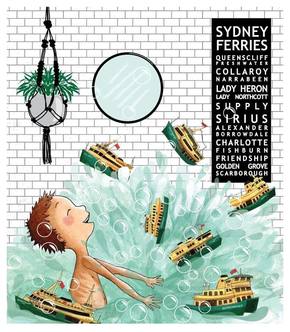
In an era of glossy covers, embossed reflective highlighting and even 'bling' on our book covers to compete with the next best thing on the shelves it is a great tactile and sensual delight to discover a book that evokes memories of favourite books of old, time stilling simplicity and finger tempting textures.
A mouthful of words I know. I think like that because I was a child of the famous Cole's Funny Picture Books, those wonderfully rich and full volumes of everything serious and funny, ridiculous, educational and challenging. Books that you went back to over and over again and, I will confess, I still do. So what a delight to my senses to dip my hand into a large envelope that arrive this morning via the postie to discover a textured, matt, minimally coloured book for me to review.
But we must not judge a book by its cover...so they say. Well, the cover often gives a taste of what will be revealed inside, so judgement can begin at the cover.
Australia Illustrated by author Tania McCartney (and her debut as an illustrator) (EK Books, ISBN: 978-1-925335-21-7), didn't let me down in any way. That old fashioned girl in me was excited by the cover but what of the inside? What of the story it would tell? How far should that old fashioned sense of tactility go, especially for the younger reader? I couldn't wait to find out.
This new book from McCartney offers a journey for young and old and more importantly young and old together. We journey through fresh, funky and up-to-date images dancing and resting on each page with the textures and colours sampled by the reader on the cover. Even the end-papers, simple and basic, are a visually tactile delight. It was as if my brain was a little confused by the new smell of the book and at times I thought I could smell it's oldness as well.
We journey through the sections of the book discovering Australia through fresh eyes, and eyes that remind us of what we have forgotten or taken for granted. It is light, funny and insightful. We learn about each state and what it has to offer in the way of food, culture, lifestyle, people, community, environment, flora and fauna. Each state is represented well (an important thing for a Tassie girl, we are often left off the map or incorporated into Victoria). There is something for everyone, with some elements being safely understood by the adult reading to the child which cleverly makes us grown-ups feel welcome.
What I loved most of all about my Cole's Funny Picture Book is that you could discover something new each time you visited it. You didn't have to read it from front cover to end and you could spend an eternity pouring over the details of any given page. So I will describe Australia Illustrated as having an air of 'Cole-ism' to it. It is a book that takes you on a journey, to be shared with others or taken solo. It is a travelling book, to take with you as you visit the places it describes, a memory book, to remember the places you have been or even a book of hope, where you dream of going and can journey on the pages until you get there in reality.
I need to comment on McCartney's illustrations. In her debut as a published illustrator she has set the bar high. If there were ever any doubts (I'm talking about the creator here, not the audience) that she was up to the task then that has been shown to not be true. McCartney's simple yet characterful children and adults speak to us clearly and warmly about life in Australia. Her diversity and use of colour, gender, age and ethnicity represents this country so well. Each character belonging on the page and an essential part of this country. They are not token, PC placed characters, they have ownership of this journey and invite us to join them in it. McCartney's clever use of watercolour, digital design and enhancement pulls together a well balanced visual feast that we will never tire of. I am excited to see her emerge as an illustrator after many years as a successful author for children and adults and dearly hope this is the beginning of a huge feast of books from her drawing desk.
It is hard to pick a favourite element in this delightful book. It is a very balanced and easily read journey both as a narrative and as a visual story but there was one page that struck me, one line that really grabbed me and that would be the environmentalist in me, I can't help it.
On the page entitled Endangered Animals, McCartney cleverly uses a gently but obvious image of a Red Cross nurse overseeing a short list of animals that are endangered in Australia. There just isn't room to feature them all but the line that states 'and this is only a small selection, which is not good at all!' grabs you and causes you to think.
Congratulations to Tania McCartney on her illustration debut and creation of this beautiful sensory book for all ages. Well done to the team at EK Books who have given this book a home in the publishing world so we might all enjoy it's delights.
Australia illustrated is being released in November 2016 through EK Books and will be available at all good bookstores.
A mouthful of words I know. I think like that because I was a child of the famous Cole's Funny Picture Books, those wonderfully rich and full volumes of everything serious and funny, ridiculous, educational and challenging. Books that you went back to over and over again and, I will confess, I still do. So what a delight to my senses to dip my hand into a large envelope that arrive this morning via the postie to discover a textured, matt, minimally coloured book for me to review.
But we must not judge a book by its cover...so they say. Well, the cover often gives a taste of what will be revealed inside, so judgement can begin at the cover.
Australia Illustrated by author Tania McCartney (and her debut as an illustrator) (EK Books, ISBN: 978-1-925335-21-7), didn't let me down in any way. That old fashioned girl in me was excited by the cover but what of the inside? What of the story it would tell? How far should that old fashioned sense of tactility go, especially for the younger reader? I couldn't wait to find out.
This new book from McCartney offers a journey for young and old and more importantly young and old together. We journey through fresh, funky and up-to-date images dancing and resting on each page with the textures and colours sampled by the reader on the cover. Even the end-papers, simple and basic, are a visually tactile delight. It was as if my brain was a little confused by the new smell of the book and at times I thought I could smell it's oldness as well.
We journey through the sections of the book discovering Australia through fresh eyes, and eyes that remind us of what we have forgotten or taken for granted. It is light, funny and insightful. We learn about each state and what it has to offer in the way of food, culture, lifestyle, people, community, environment, flora and fauna. Each state is represented well (an important thing for a Tassie girl, we are often left off the map or incorporated into Victoria). There is something for everyone, with some elements being safely understood by the adult reading to the child which cleverly makes us grown-ups feel welcome.
What I loved most of all about my Cole's Funny Picture Book is that you could discover something new each time you visited it. You didn't have to read it from front cover to end and you could spend an eternity pouring over the details of any given page. So I will describe Australia Illustrated as having an air of 'Cole-ism' to it. It is a book that takes you on a journey, to be shared with others or taken solo. It is a travelling book, to take with you as you visit the places it describes, a memory book, to remember the places you have been or even a book of hope, where you dream of going and can journey on the pages until you get there in reality.
I need to comment on McCartney's illustrations. In her debut as a published illustrator she has set the bar high. If there were ever any doubts (I'm talking about the creator here, not the audience) that she was up to the task then that has been shown to not be true. McCartney's simple yet characterful children and adults speak to us clearly and warmly about life in Australia. Her diversity and use of colour, gender, age and ethnicity represents this country so well. Each character belonging on the page and an essential part of this country. They are not token, PC placed characters, they have ownership of this journey and invite us to join them in it. McCartney's clever use of watercolour, digital design and enhancement pulls together a well balanced visual feast that we will never tire of. I am excited to see her emerge as an illustrator after many years as a successful author for children and adults and dearly hope this is the beginning of a huge feast of books from her drawing desk.
It is hard to pick a favourite element in this delightful book. It is a very balanced and easily read journey both as a narrative and as a visual story but there was one page that struck me, one line that really grabbed me and that would be the environmentalist in me, I can't help it.
On the page entitled Endangered Animals, McCartney cleverly uses a gently but obvious image of a Red Cross nurse overseeing a short list of animals that are endangered in Australia. There just isn't room to feature them all but the line that states 'and this is only a small selection, which is not good at all!' grabs you and causes you to think.
Congratulations to Tania McCartney on her illustration debut and creation of this beautiful sensory book for all ages. Well done to the team at EK Books who have given this book a home in the publishing world so we might all enjoy it's delights.
Australia illustrated is being released in November 2016 through EK Books and will be available at all good bookstores.
(Reviewers note/confession: As a reviewer I need to be impartial and honest about the books I present to my readers. In the Australian Children's and YA publishing industry, most creators know each other and sometimes we know each other quite well. Often we review books created by our friends and peers (this is hard to avoid) and I endeavour to maintain a professional approach to this task. My opinions of this book and others I review are not because of friendships but from a genuine response to great literature for children.)
Story Talk Book Peeks
Books that need to be read, handled, sniffed, stroked, loved and shared.
Books that bring joy, hope, challenges and precious journeys through life.
Books to enjoy!
Archives
August 2021
June 2017
May 2017
April 2017
March 2017
February 2017
January 2017
December 2016
November 2016
October 2016
September 2016
August 2016
July 2016
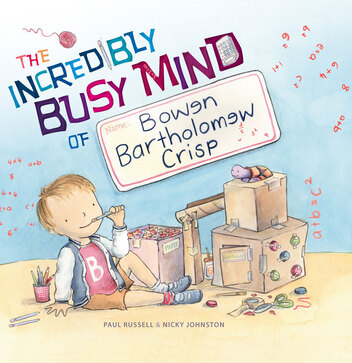
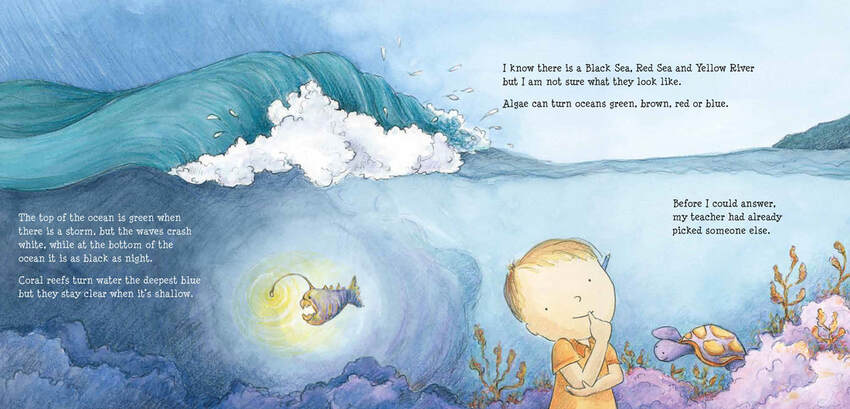
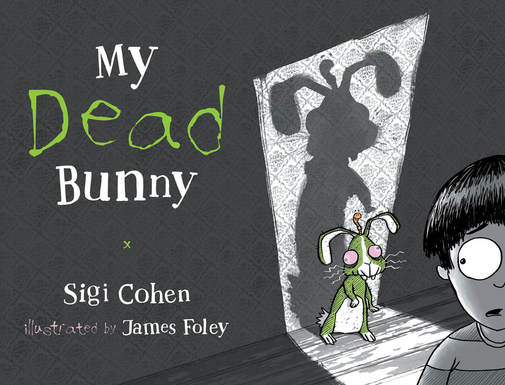
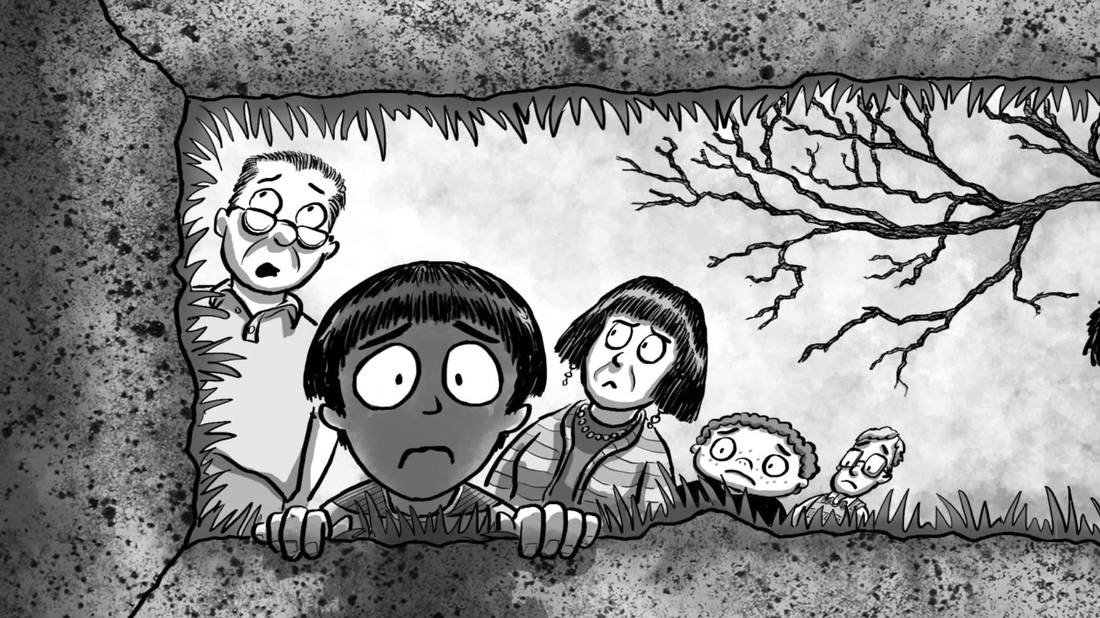
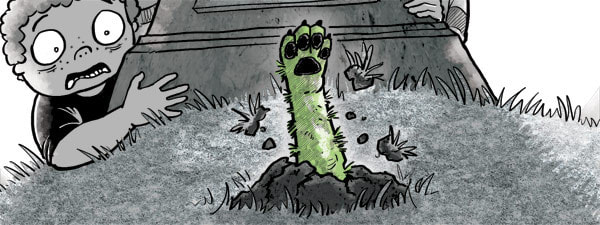
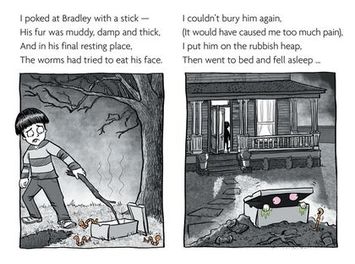
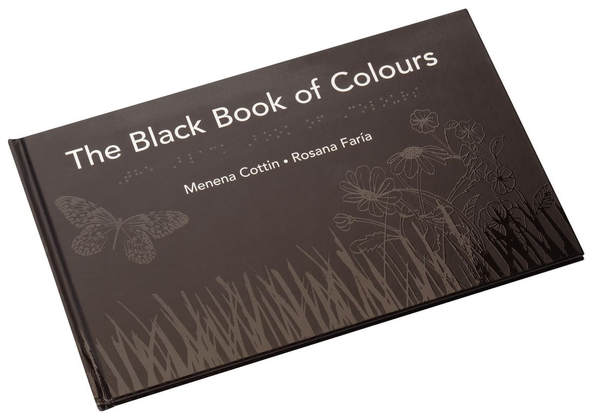

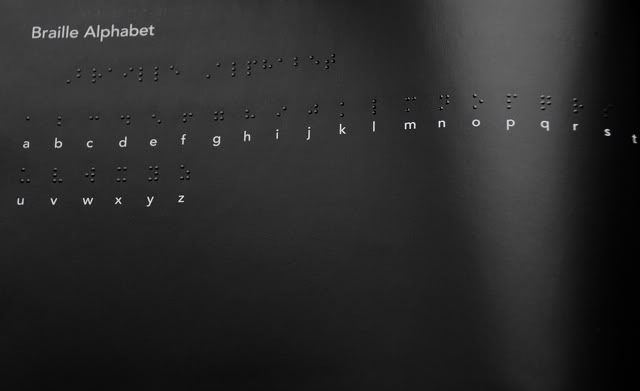
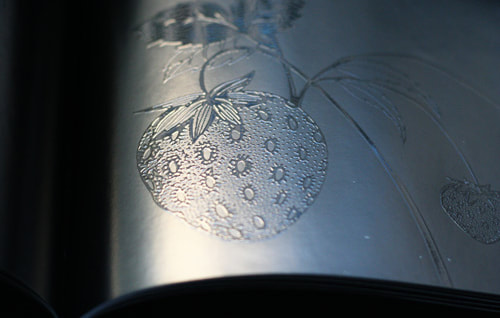
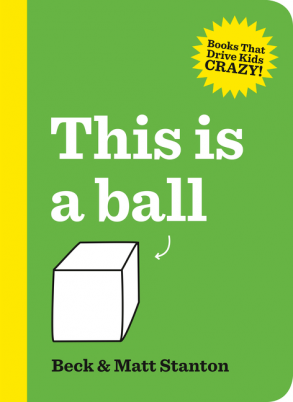
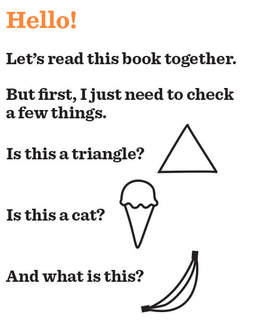
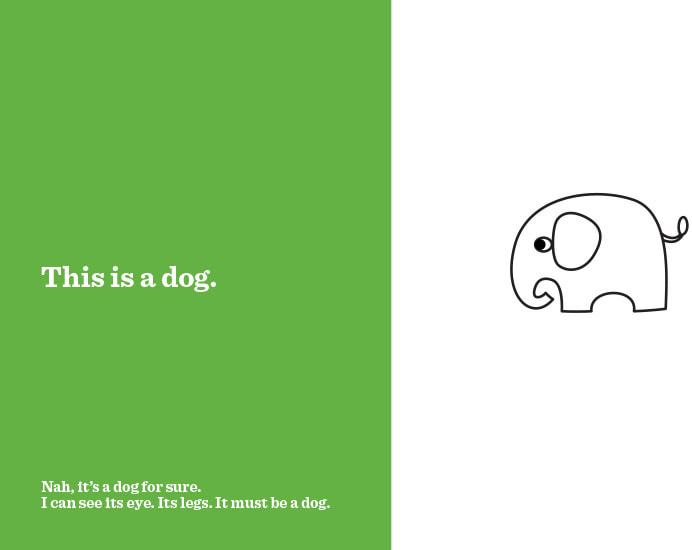
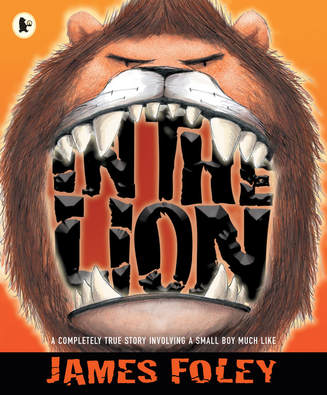
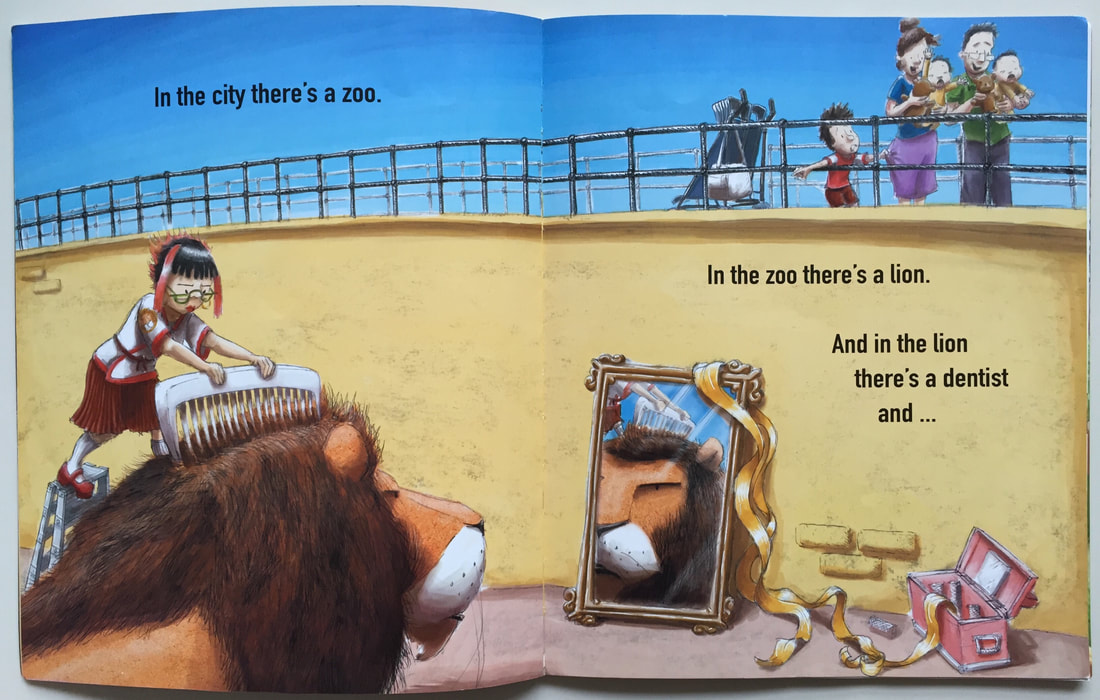
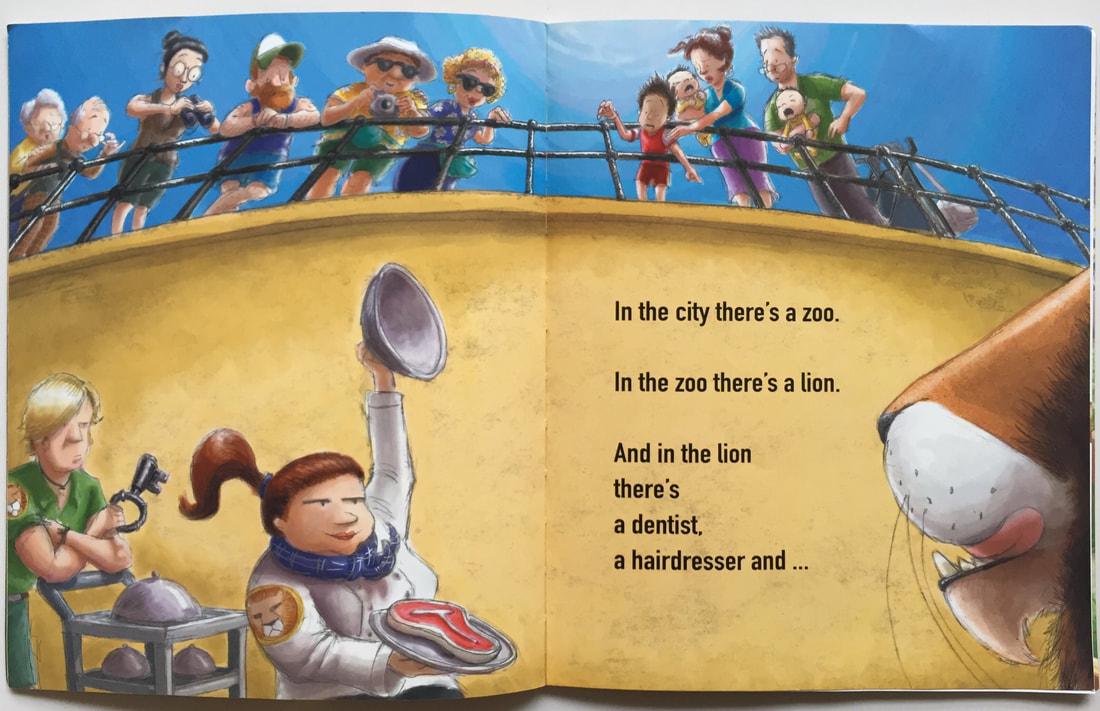
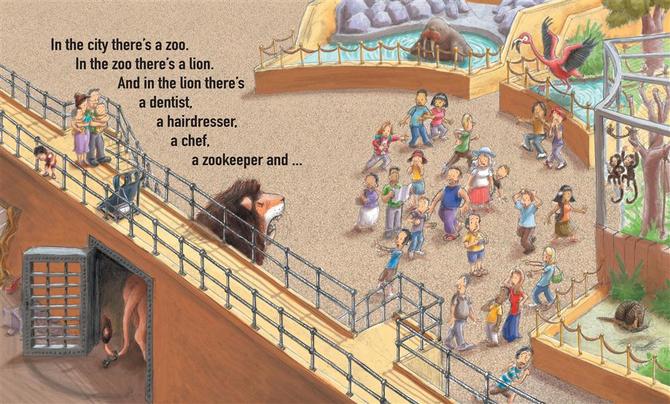
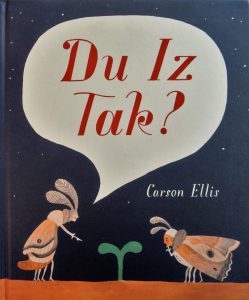
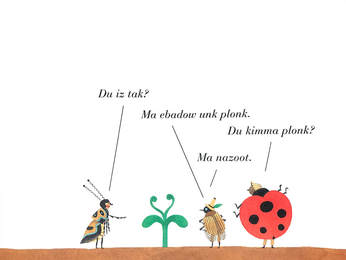
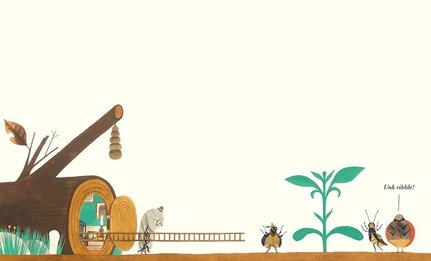
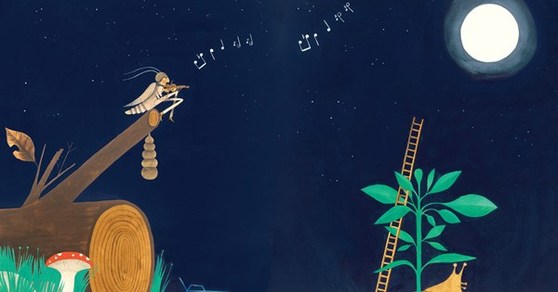
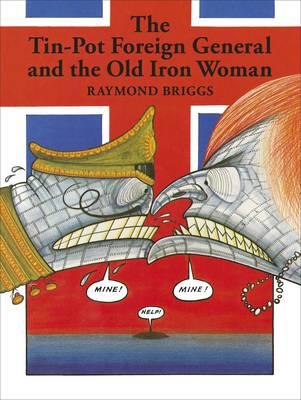
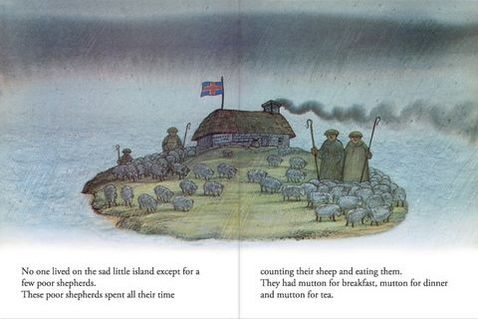
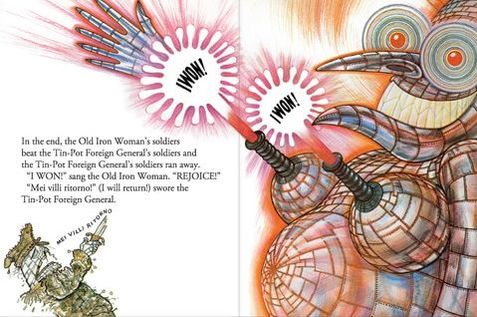

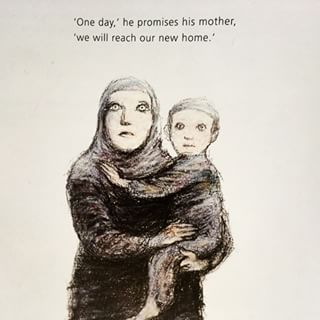
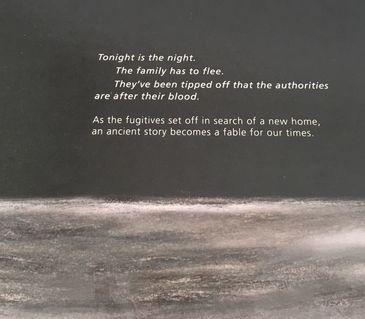

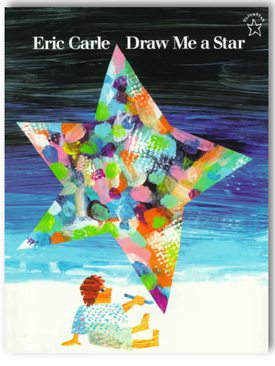
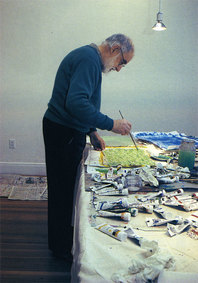

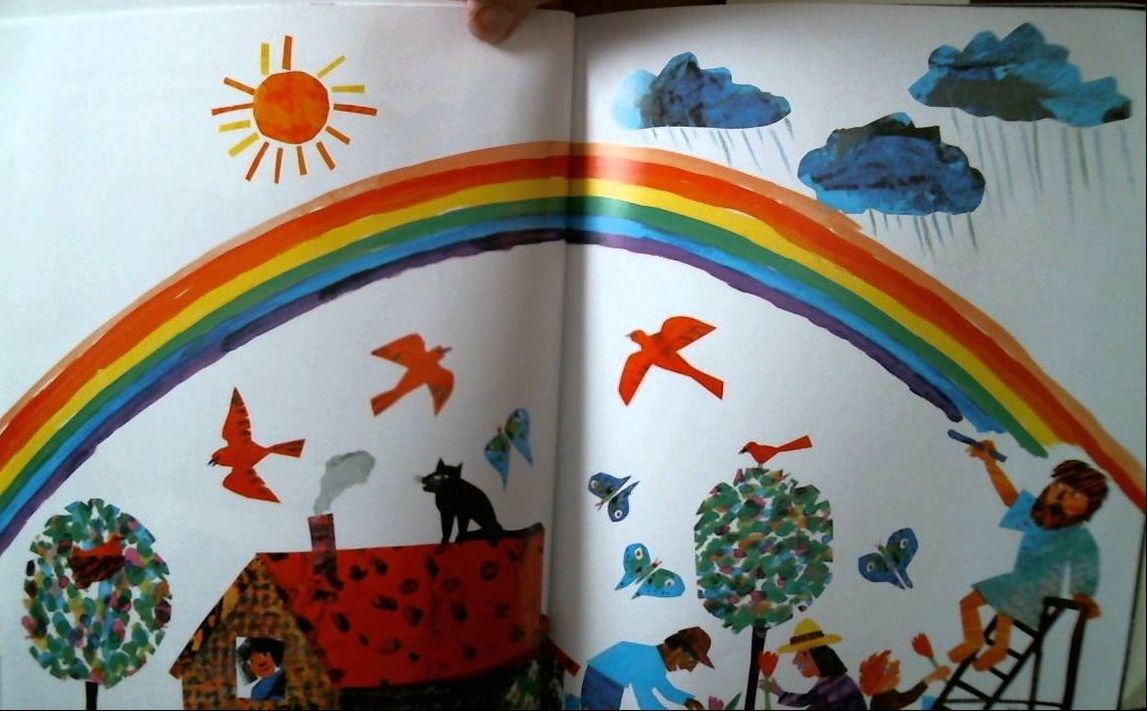
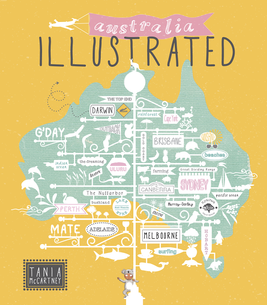
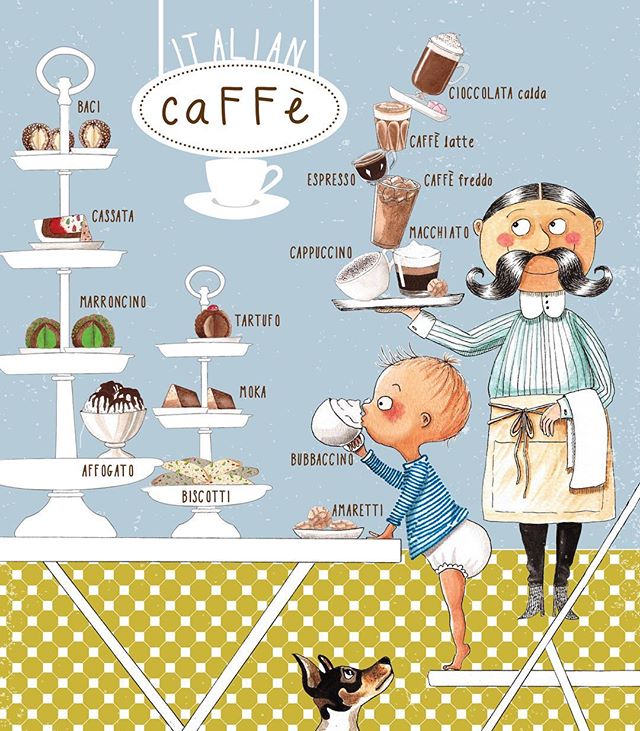
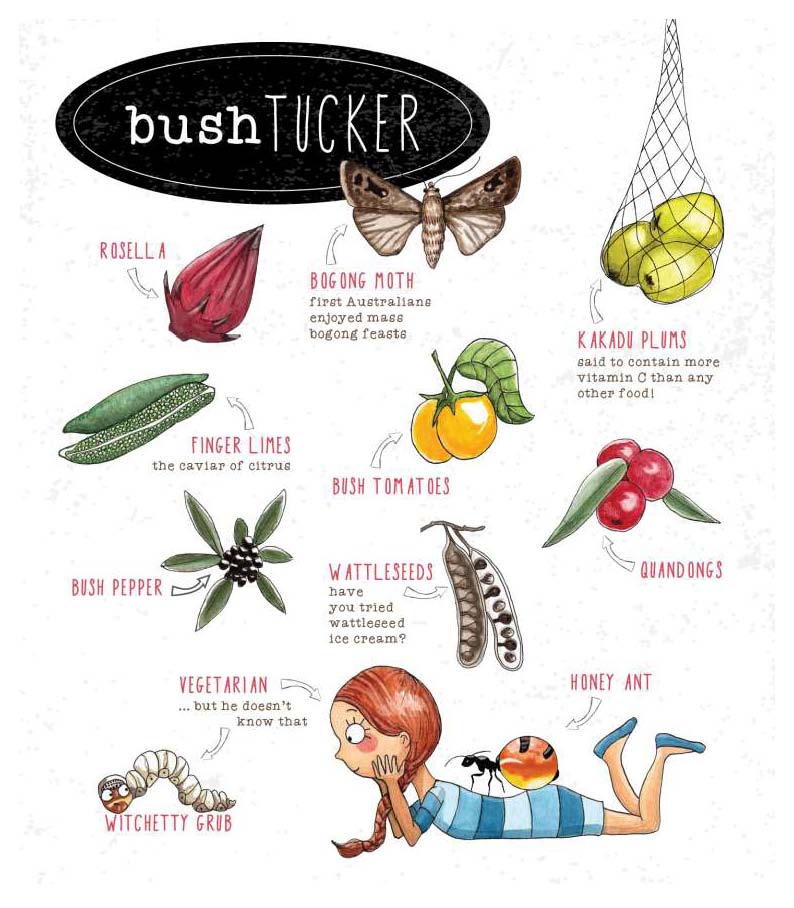
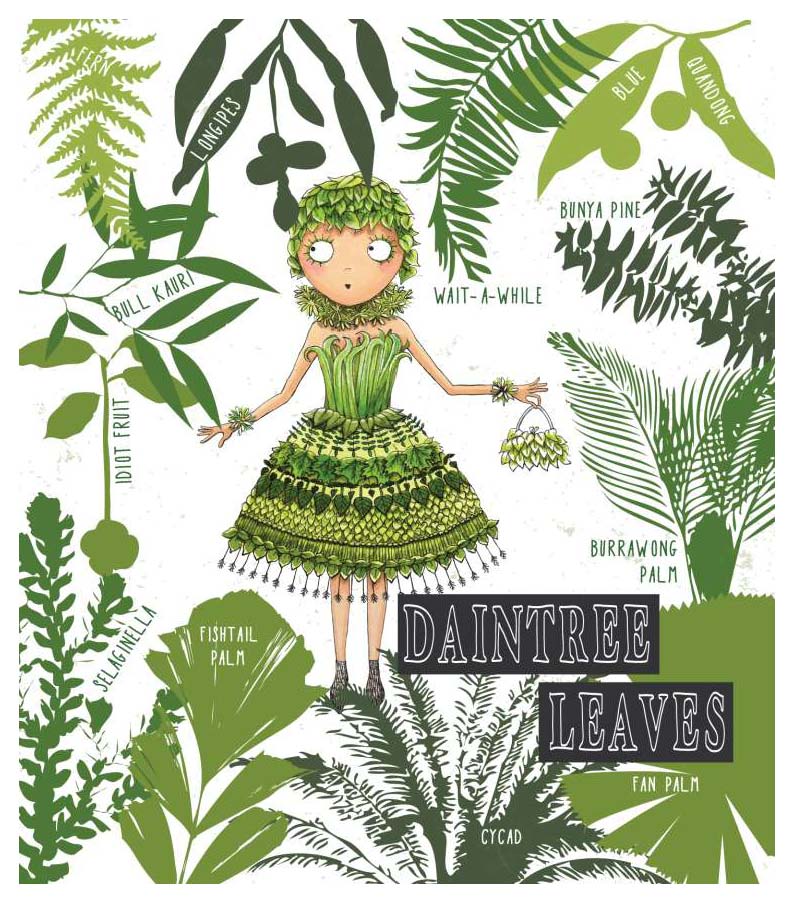
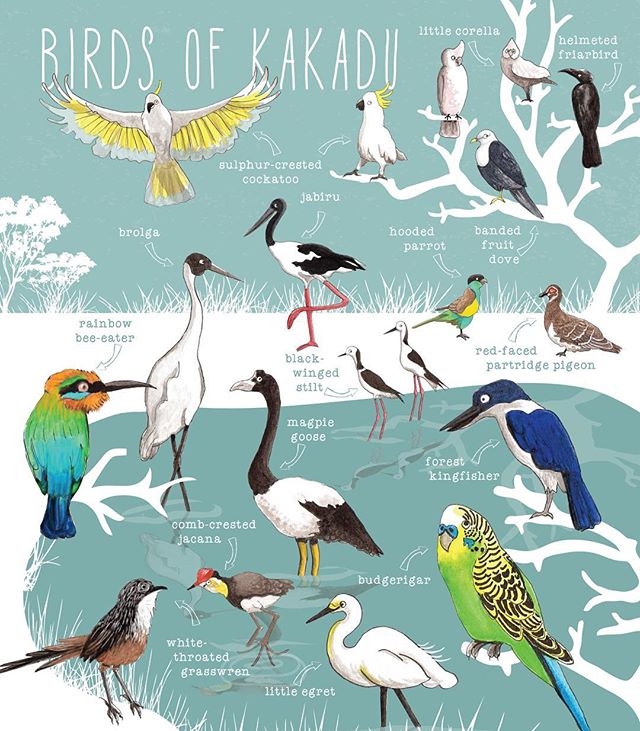
 RSS Feed
RSS Feed